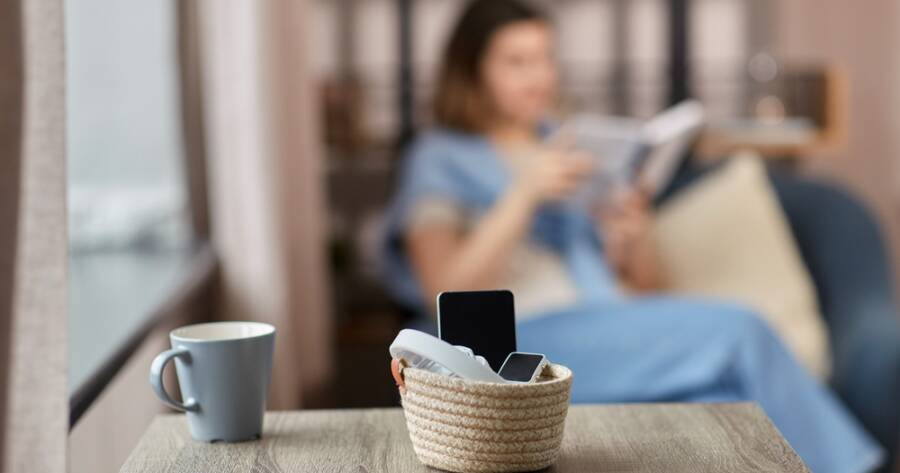In today’s hyper-connected world, screen time is at an all-time high. Whether for work, entertainment, or social interactions, our reliance on digital devices can easily spiral into tech addiction. Studies show that excessive screen time can contribute to sleep disturbances, mental fatigue, and reduced productivity. But how can we take control of our digital habits without completely disconnecting? This article explores practical strategies to reduce screen time, manage notifications, and improve digital well-being.
Understanding the Impact of Excessive Screen Time
Too much screen time doesn’t just affect your eyes—it impacts mental and physical health in various ways:
- Sleep Disruptions: Blue light from screens suppresses melatonin, making it harder to fall asleep.
- Decreased Productivity: Constant notifications and digital distractions reduce focus and efficiency.
- Mental Health Issues: Studies link excessive screen use to increased anxiety, depression, and stress.
- Eye Strain and Physical Discomfort: Staring at screens for long periods leads to digital eye strain, headaches, and poor posture.
Recognizing these effects is the first step toward making healthier choices.
Set Screen Time Limits for Work and Leisure
Managing screen time starts with setting clear boundaries for both work-related and personal device use. Here’s how:
- Use Built-in Screen Time Trackers: Features like Apple’s Screen Time, Android’s Digital Wellbeing, and RescueTime can help you monitor usage and set daily limits.
- Establish No-Screen Zones: Designate areas (e.g., the bedroom or dining table) as screen-free spaces.
- Schedule Breaks: Follow the 20-20-20 rule—every 20 minutes, look at something 20 feet away for at least 20 seconds to reduce eye strain.
- Limit Work Notifications: If possible, disable after-hours work emails and notifications to maintain a healthy work-life balance.
Manage Notifications to Reduce Digital Overload
One of the biggest culprits of excessive screen time is constant notifications that trigger mindless scrolling and app switching. To reduce digital distractions:
- Turn Off Non-Essential Notifications: Disable alerts for social media, news, and non-urgent apps.
- Use ‘Do Not Disturb’ Mode: Schedule quiet hours where only important contacts can reach you.
- Batch Check Messages: Instead of checking messages constantly, set designated times to read and respond.
- Unfollow or Mute Distracting Accounts: Reduce unnecessary digital noise by curating your feed and muting notifications from unproductive apps.
Replace Screen Time with Offline Activities
Reducing screen time doesn’t mean eliminating entertainment—it means finding healthier alternatives. Try:
- Outdoor Activities: Go for a walk, hike, or bike ride instead of spending extra hours online.
- Mindful Hobbies: Reading, painting, cooking, or gardening can help you unwind without a screen.
- Face-to-Face Interactions: Prioritize in-person conversations over virtual ones whenever possible.
- Digital Detox Days: Designate one day a week (or a few hours a day) to disconnect from screens completely.
Create a Healthier Nighttime Routine
Using screens before bed disrupts sleep quality, so establishing a tech-free bedtime routine can improve rest.
- Set a Digital Curfew: Avoid screens at least one hour before bed.
- Use Night Mode: Enable blue light filters on devices to reduce eye strain.
- Replace Screens with Books or Meditation: Swap late-night scrolling for reading, journaling, or deep breathing exercises.
- Charge Devices Outside the Bedroom: Keep phones out of reach to resist the urge to check notifications at night.
Taking Control of Your Digital Habits
Technology is an essential part of modern life, but setting intentional screen time limits can improve well-being, productivity, and mental health. By managing notifications, prioritizing offline activities, and creating tech-free zones, you can enjoy a more balanced digital lifestyle without feeling disconnected. Small changes can make a big difference—start today and take back control of your screen time.

